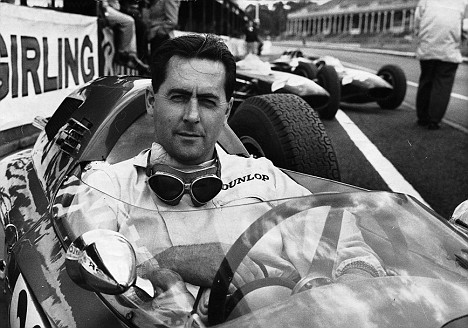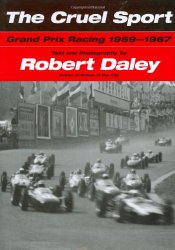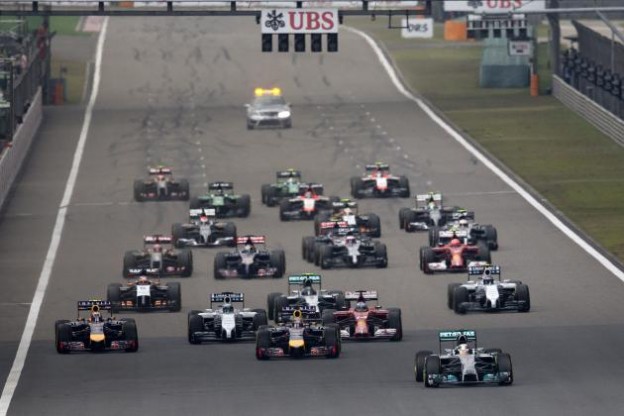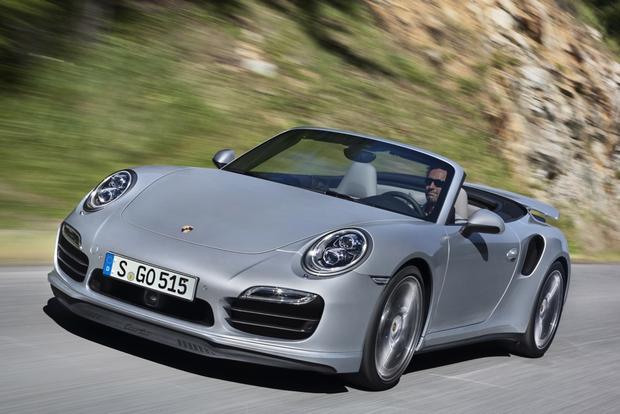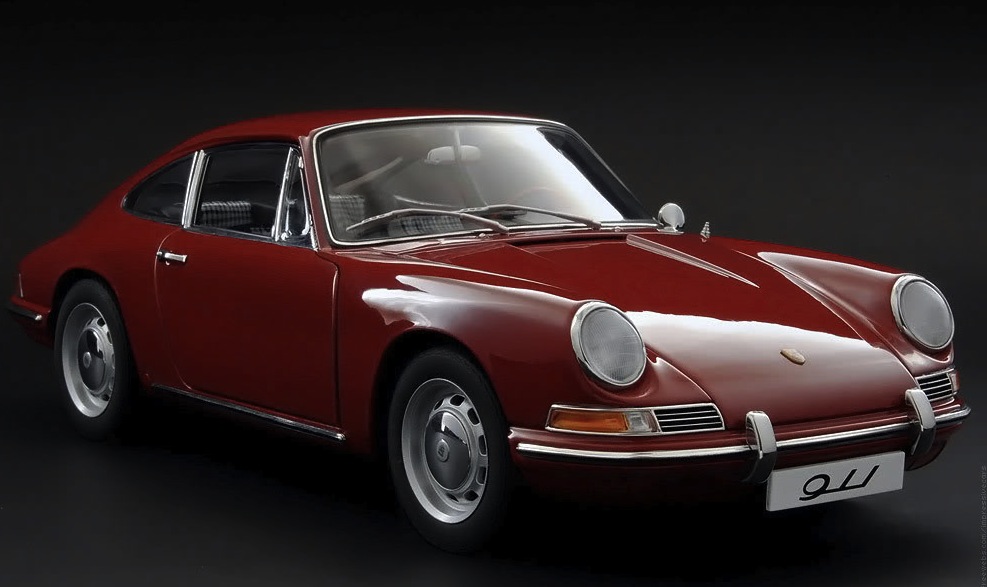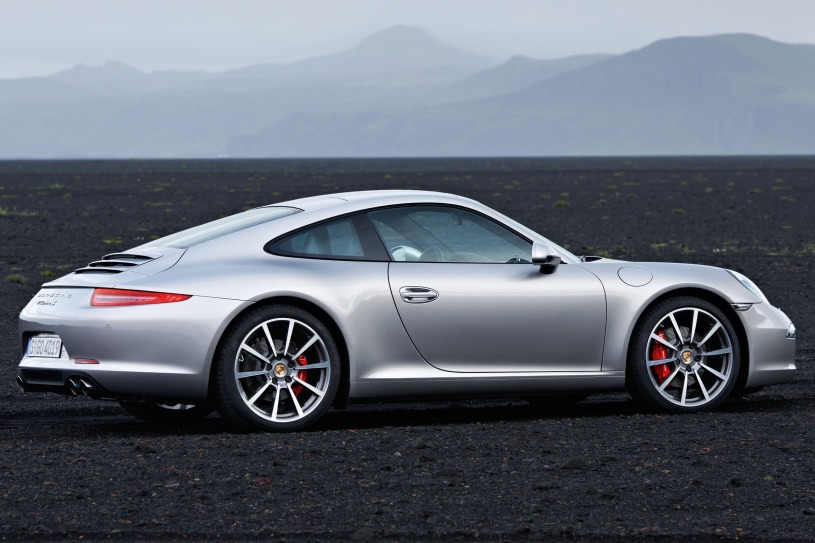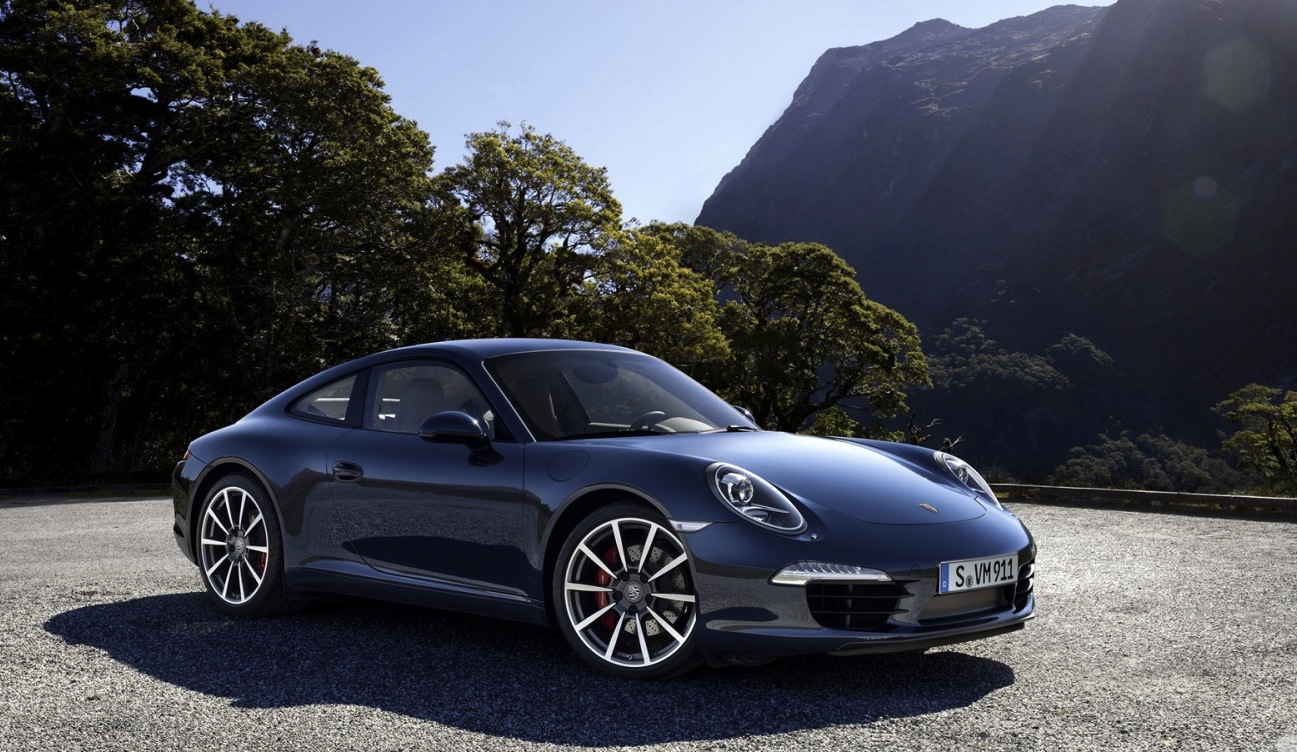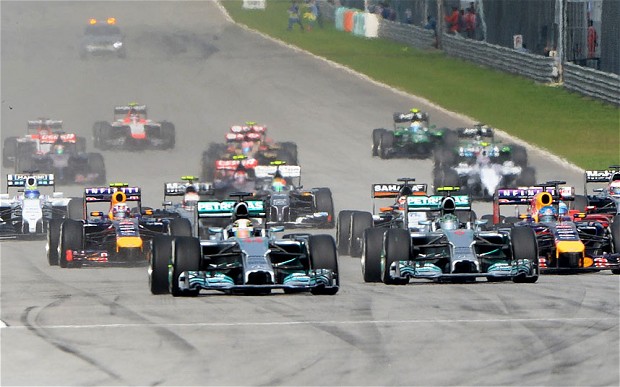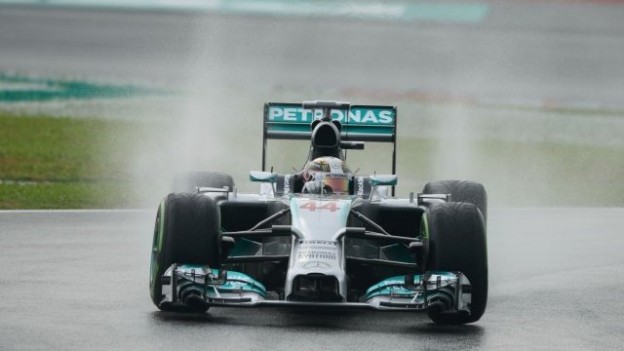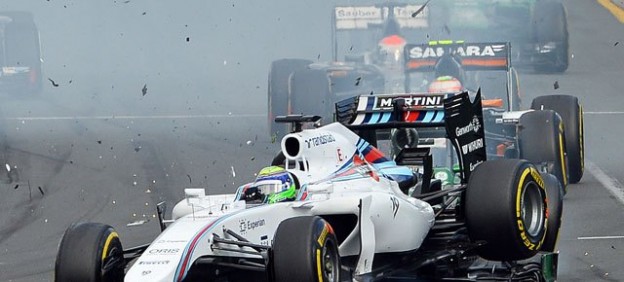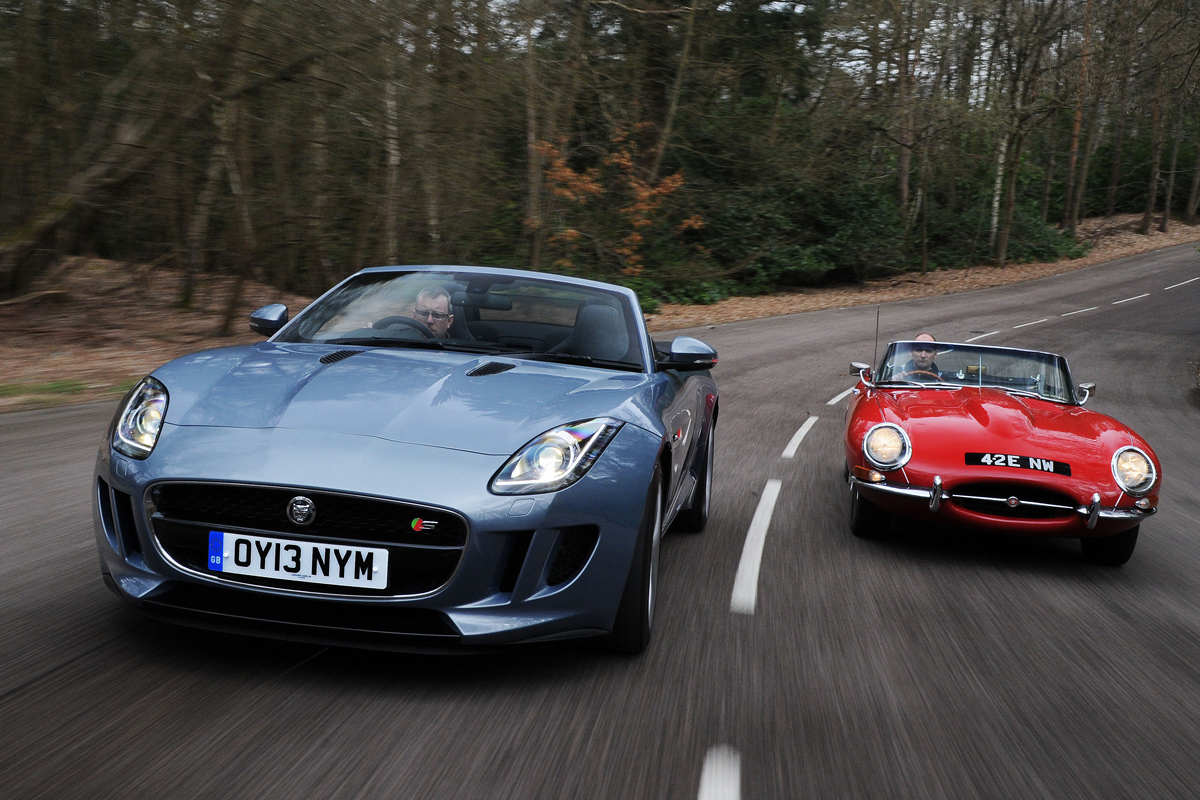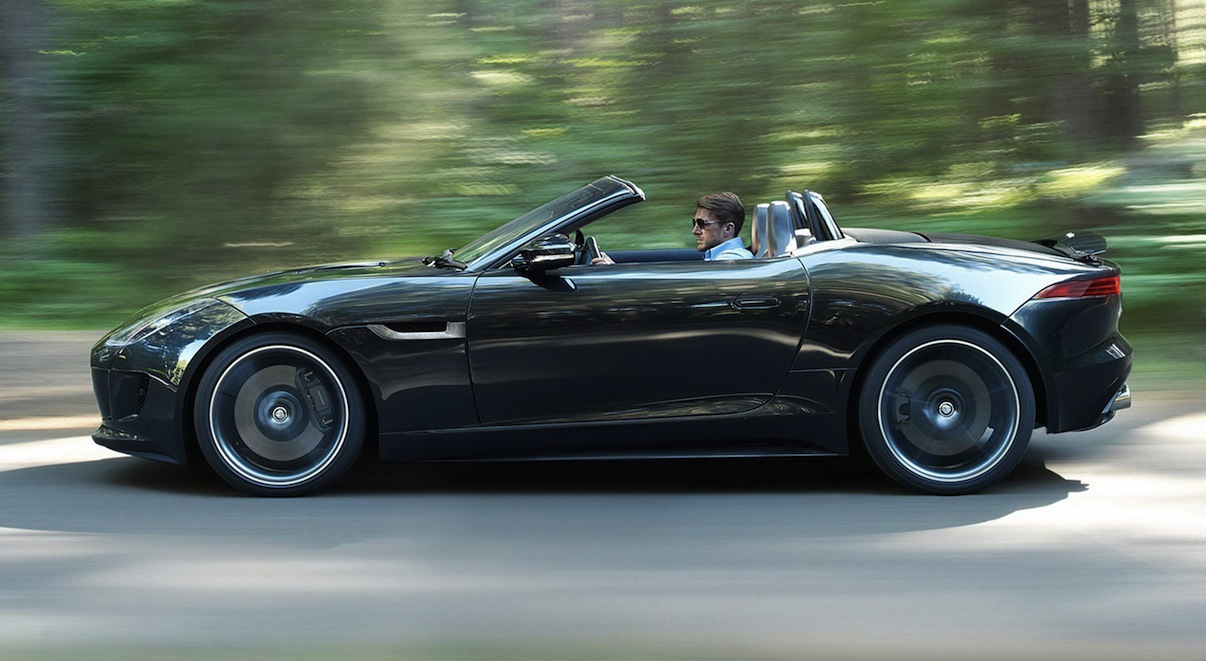 The companion piece to Robert Daley’s seminal Cars at Speed, The Cruel Sport is ostensibly more of a coffee table picture book. With its oversized dimensions featuring beautiful black and white photos of Formula 1′s golden era taken while Daley was a correspondent for the New York Times in the late 1950s and into the 1960s, The Cruel Sport captures the romance and danger of Grand Prix motor racing during its mythic past. Shots of the greatest drivers of the era — Phil Hill, Jack Brabham, Graham Hill, Jim Clark, Dan Gurney, Jackie Stewart, et al — doing what they do best make up the bulk of this great tome with the text secondary and spare.
The companion piece to Robert Daley’s seminal Cars at Speed, The Cruel Sport is ostensibly more of a coffee table picture book. With its oversized dimensions featuring beautiful black and white photos of Formula 1′s golden era taken while Daley was a correspondent for the New York Times in the late 1950s and into the 1960s, The Cruel Sport captures the romance and danger of Grand Prix motor racing during its mythic past. Shots of the greatest drivers of the era — Phil Hill, Jack Brabham, Graham Hill, Jim Clark, Dan Gurney, Jackie Stewart, et al — doing what they do best make up the bulk of this great tome with the text secondary and spare.
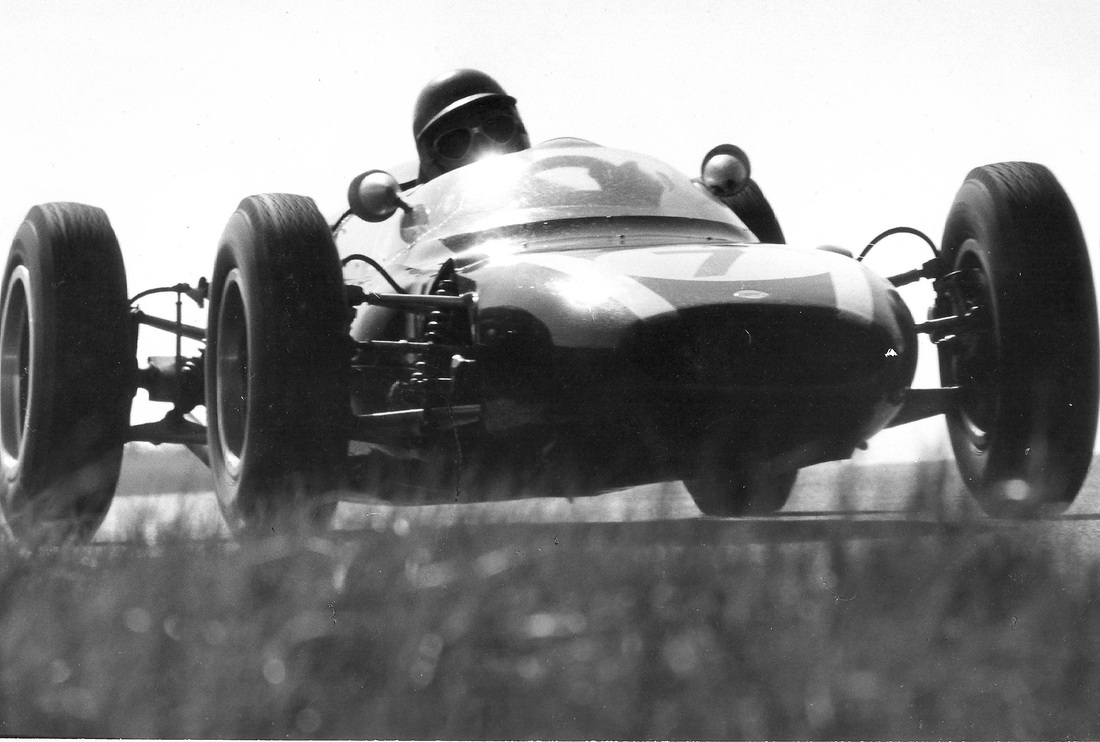
Scene from 1964 GP of Holland (Photo by Robert Daley)
The fantastic record of the state-of-the-art cars of this era — thin, gasoline-filled aluminum monocoques surrounding the driver like a casket with a giant engine newly moved to behind his back — pay tribute to the beauty of the Ferraris, Lotuses, BRMs and all the other land rockets of the pre-safety, pre-downforce era. Interspersed throughout are brief profiles of the drivers and circuits written in Daley’s inimitable wry, Hemingway-esque prose. Showing through, as in all his writing on motorsport, is the paradoxical ambivalence of at once being highly attracted to the derring-do of the men’s wondrous achievements as pilots and revulsion at the wonton waste of life inherent during this era of Formula 1, when the death of drivers and spectators was nearly guaranteed several times a season.

Death of Lorenzo Bandini, Monaco, 1967 (Photo by Robert Daley)
In fact, the footnotes to the photos in the closing “Photo Identification” section are practically another book unto themselves, with detailed ruminations about the deaths of Graham Hill by plane accident in the 1970s and Jim Clark at Hockenheim in a Formula 2 race in 1968, among many other anecdotes. And Daley’s quietly devastating recounting of the death of Lorenzo Bandini in a Ferrari at the 1967 Monaco Grand Prix and his journalistic need to photograph it (the horrifying shot of Bandini trapped beneath his burning Ferrari is the fitting endpaper of the book) makes for essential reading in and of itself as a shattering piece of self-reflective journalism, motorsports notwithstanding. In short, along with Cars at Speed, The Cruel Sport is a must have volume for any serious racing fan and anyone who cherishes the bittersweet history of Formula 1 and the men who lived & died it in its most glorious years, as told by its finest, most clear-eyed chronicler.


Check out more of Robert Daley’s life and work at his website, robertdaleyauthor.com.

